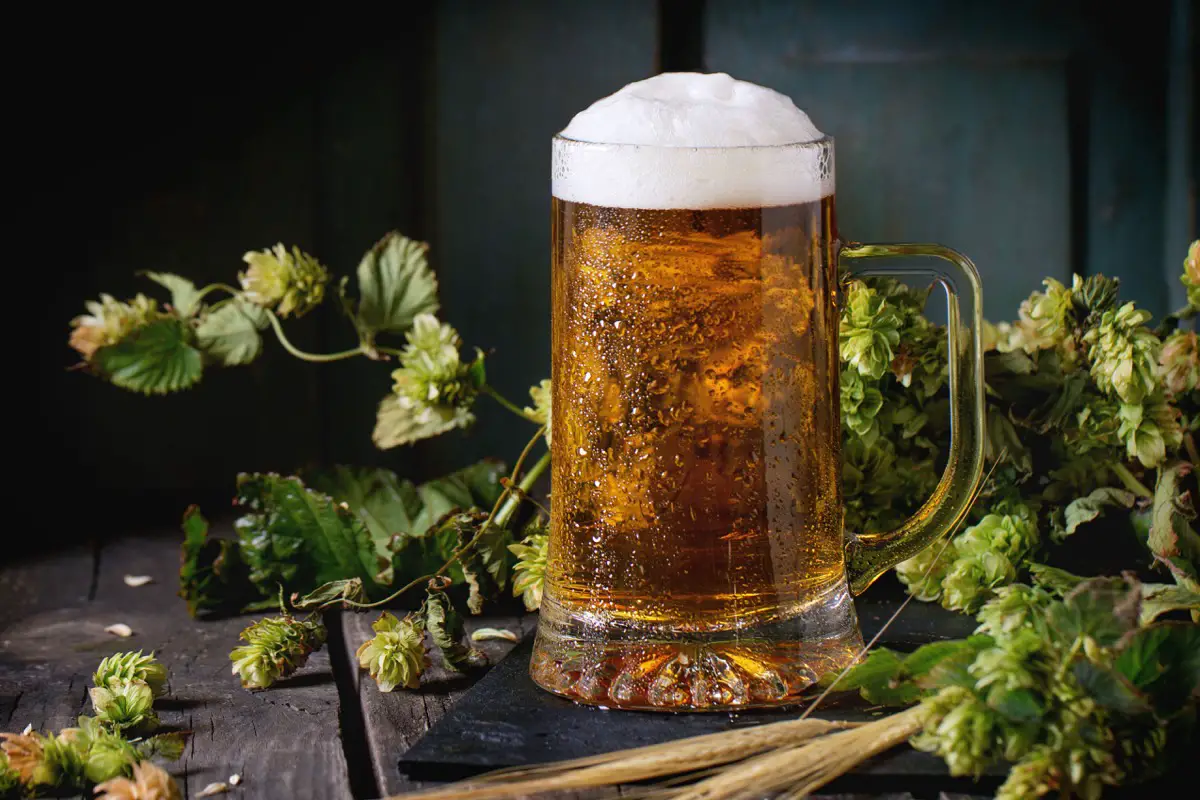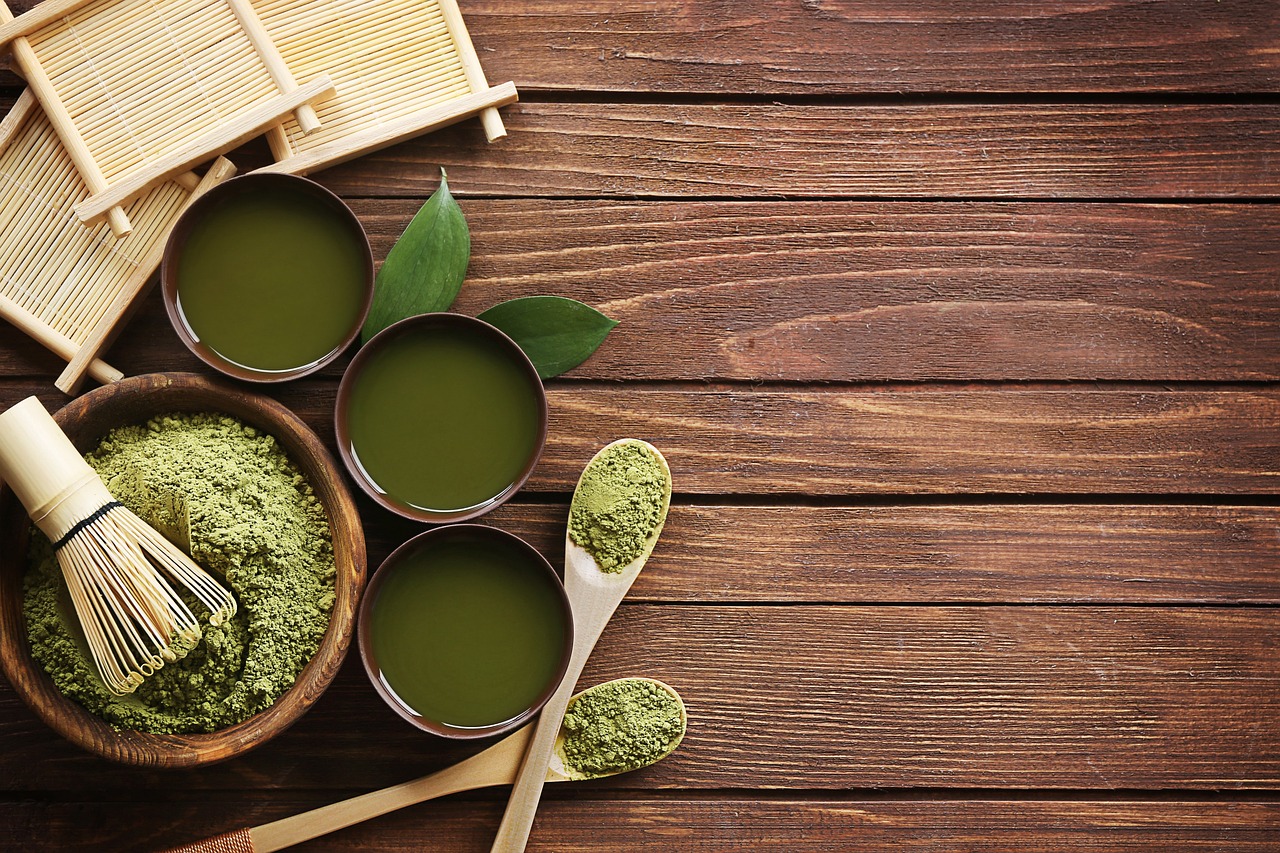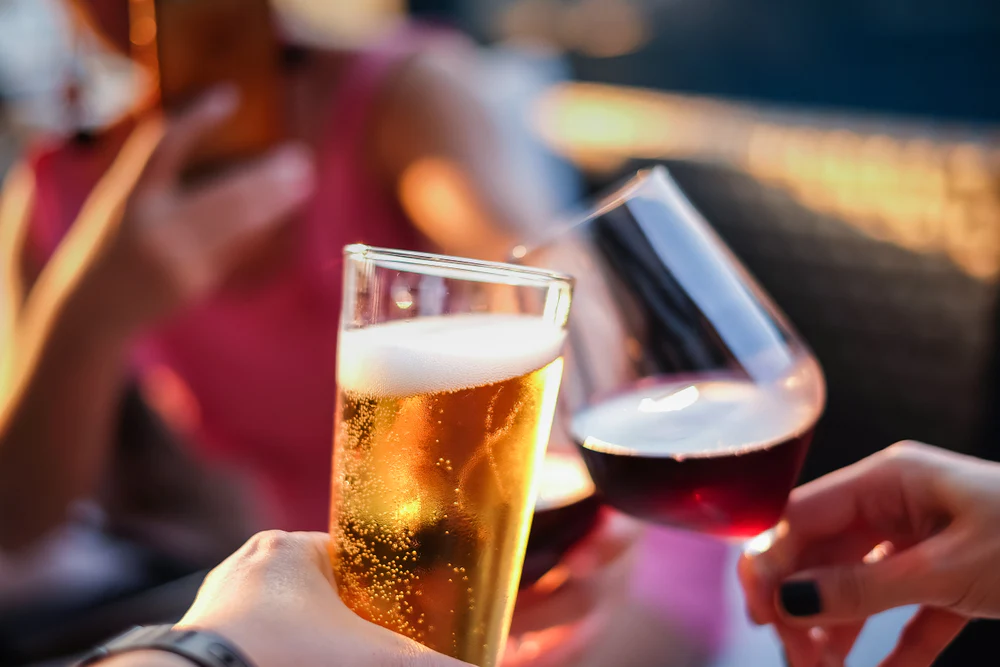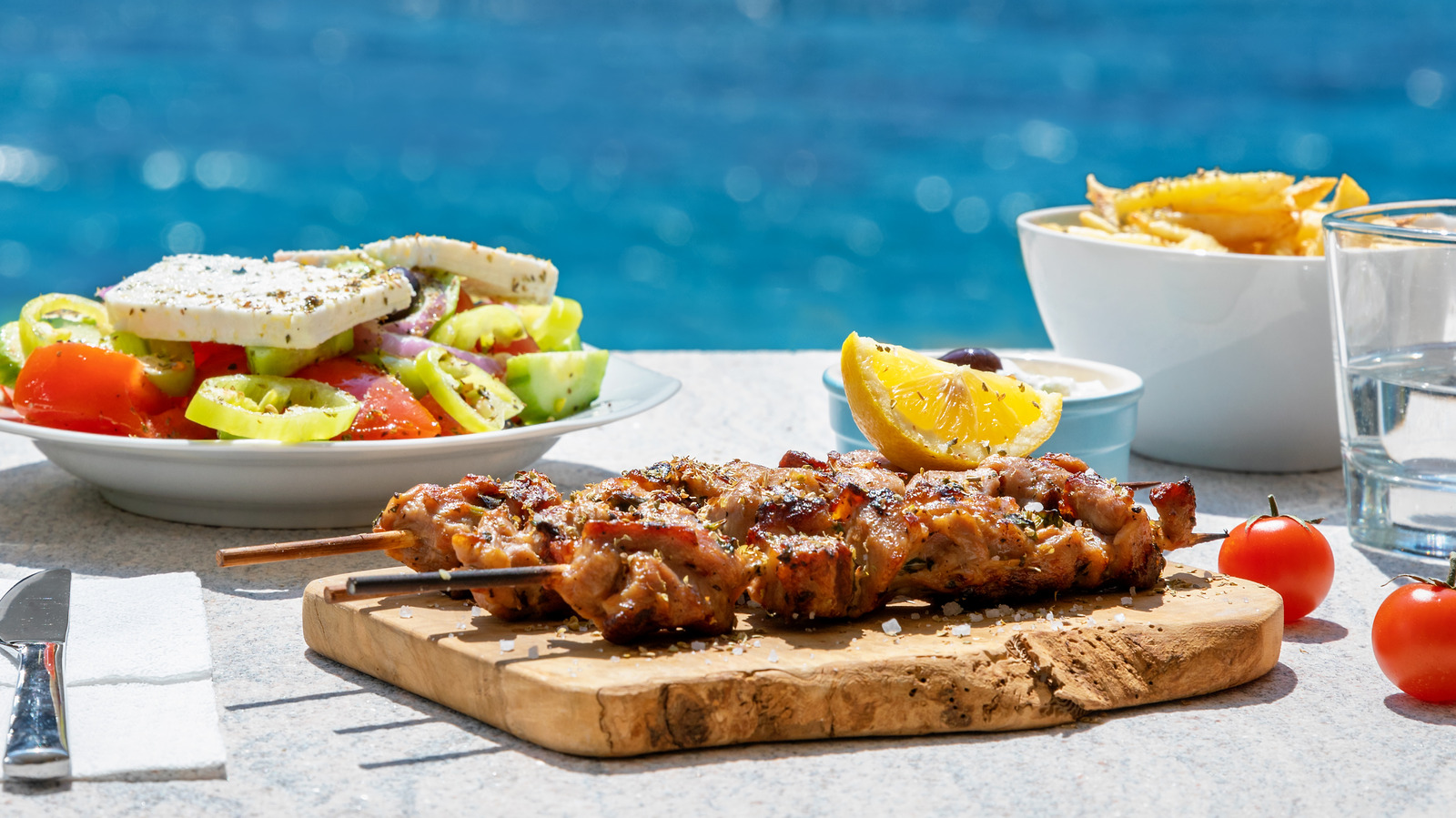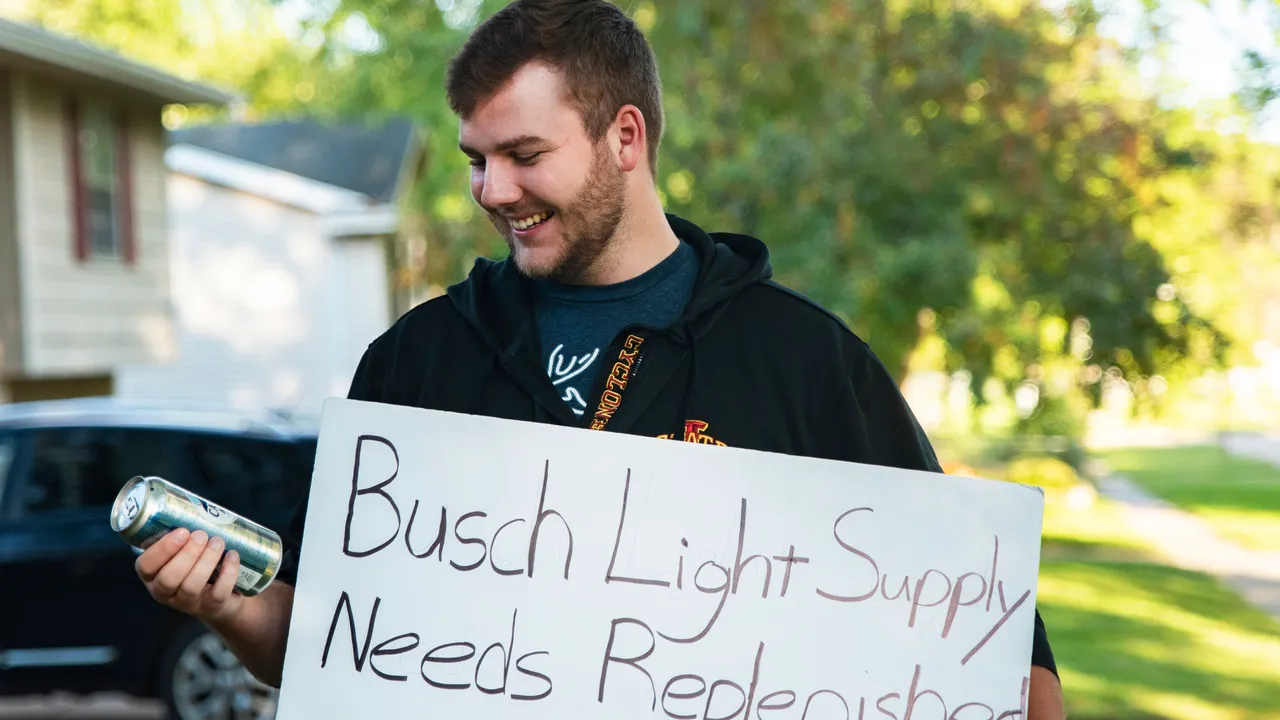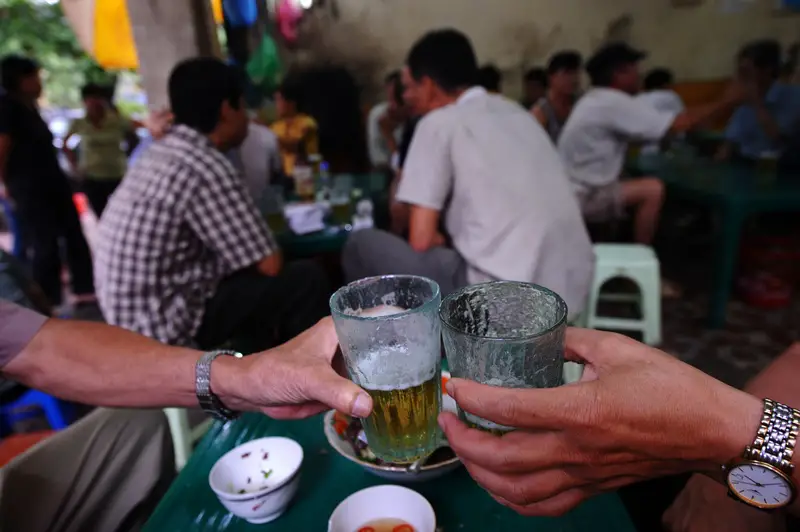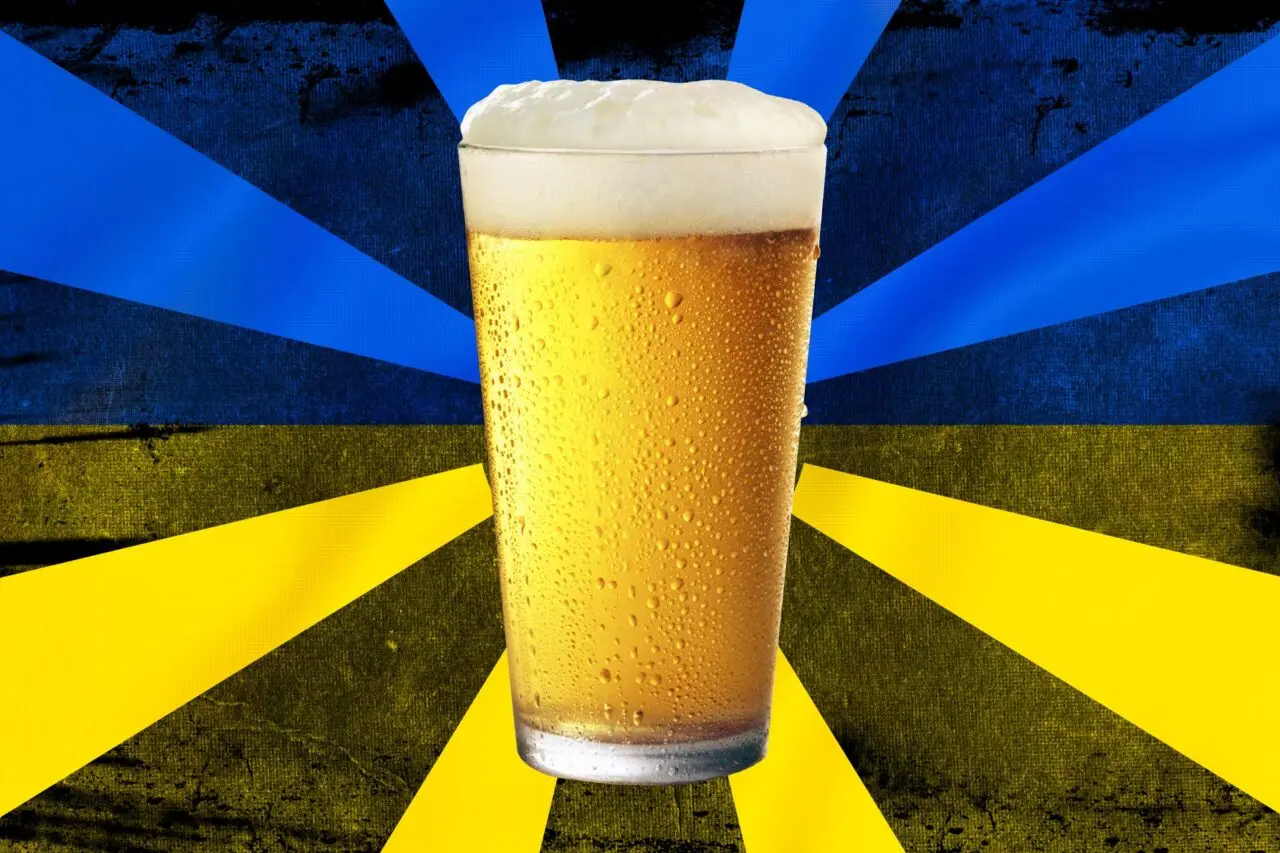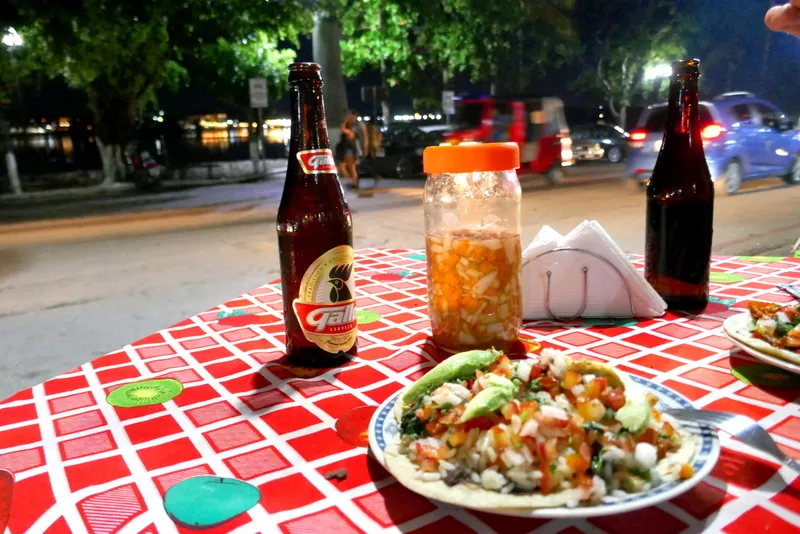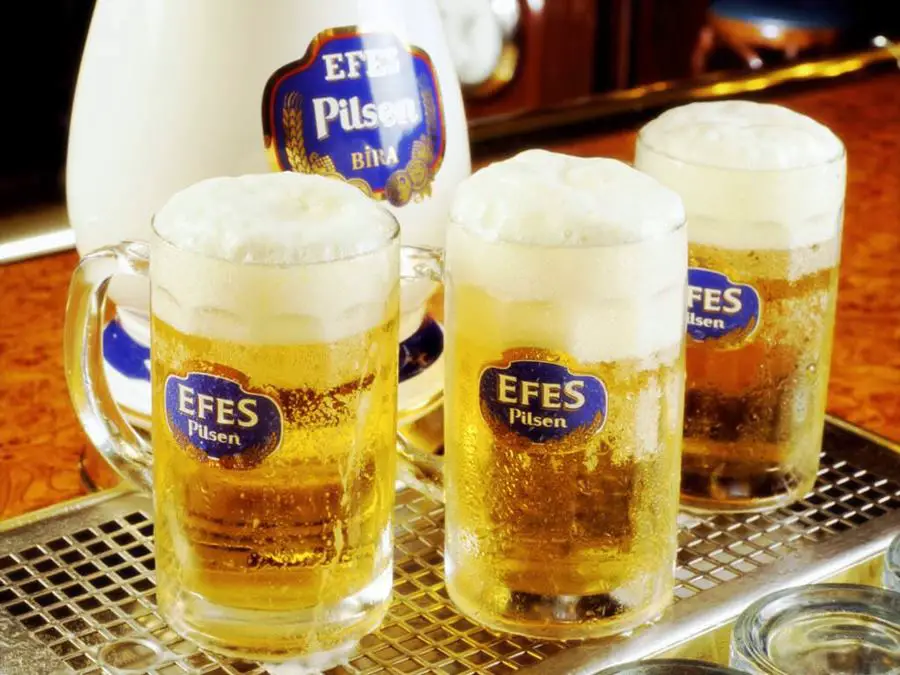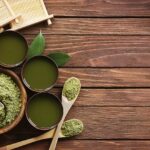Have you ever had a sip and felt that zingy kick in beer? What’s up with that beer? Well, let’s go on a hoppy mystery, a journey through history, and find the best hoppy beer the world has to offer. Ready to hop on this beer train?
Table of Contents
ToggleWhat is Hoopy Beer?
Have you ever sipped your brew and thought, “Wow, that’s got a kick!”? No, we’re not talking about the alcohol; we’re diving deep into the world of hoppy beers. So, fasten your beer goggles, and let’s embark on this frothy journey.
A Little History Lesson with a Twist
The tale of hops starts way back in Ancient Egypt. Yup, the same place with pyramids and pharaohs! Hops were popular, but not in your pint – they were salad food. But as things often go, these green little wonders found their way into beer mugs in medieval Germany. And the rest is beer history!
Now, imagine sitting in a medieval German tavern. Ales (beers without hops) were all the rage at that time, but suddenly hops entered the scene. These beers weren’t just different; they had a special zing! And soon, everyone was ditching the old ales for these new hop-infused drinks. The simple reason? Hops did the job of several ingredients, and they had this incredible knack for keeping beer fresher longer.
So, What Exactly Are Hops?
Hops are the unsung heroes from the Humulus Lupulus plant. Not only do they bring in that iconic bitterness to beers, but they also toss in some fruity, floral vibes. Think of hops like the cool kid in school who’s good at soccer and music. They’re versatile!
Adding hops isn’t just a throw-them-in-and-forget kind of deal. Timing is everything. Toss them in at the beginning, and they’ll give your beer a bitterness that can rival your morning coffee. This bitterness comes from a cool chemical reaction where Alpha acids in hops break down to produce Isohumulone.
And if you’ve ever enjoyed beers that taste like a perfect combo of citrus, fruits, or even pine, you’ve got hops that were added during fermentation to thank for that.
All About That Hoppy Life
When someone talks about a “hoppy” beer, they’re referring to those brews that pack a strong hop flavor and aroma. But don’t get it twisted; hoppy doesn’t mean just bitter. It’s an orchestra of flavors with bitterness as the lead guitarist, accompanied by fruity vocals and floral drums. You wouldn’t call a dark beer like a stout or porter “hoppy,” but take a West Coast IPA? Now, that’s a symphony of hoppy goodness with citrusy notes that dance on your tongue.
Hops are to beer what glitter is to craft projects. Essential? Absolutely. Transformative? Without a doubt. So, the next time you sip on your beer, take a moment to appreciate those tiny little hops. They’ve traveled through time and across continents just to give you that perfect pint! Cheers!
What Does Hoppy Beer Tastes Like?
Ever taken a swig of beer and thought, “What’s that zesty kick?” You’re probably venturing into hoppy beer territory! These beers whisk your taste buds away with bold bitterness, paired with fragrant and often fruity nuances. Hops are like the plot twist in a movie – always surprising the palate!
All the Different Types of Hops

Wondering what paints each hoppy beer with its distinct character? Think of hops as the seasonings in a spicy dish. While some bring intense bitterness, others are there for a gentle hint of flavor, and a few just infuse that irresistible aroma.
For instance, if your beer smells like candy, you’re probably sipping on something with El Dorado hops. Detected a hint of peach or citrus? Say hello to Galaxy hops! Here’s a mini guide to some of the star hops:
Citra: It’s like a tropical vacation in a bottle.
Mosaic: If citrus had a playdate with pine.
Cascade: It’s like diving into a pool of grapefruit.
Amarillo: The whiff of orange? Yup, that’s Amarillo cheering you on.
Galaxy: A delightful duet of tropical and peachy tones.
The hop world is vast, but the gist? Every hop variant jazzes up your beer, ensuring no two sips are ever the same.
Hoppy vs. Bitter
Quick PSA: Seeing “hoppy” on your beer label doesn’t mean you’re signing up for a bitterness overload. When we say “hoppy”, we’re talking about the bouquet of flavors and aromas hops bring to the party.
Hops are the equilibrium masters in beer, harmonizing the sweet with the bitter, adding a colorful palette of flavors from juicy fruitiness to floral and citric hints. They’re the unsung heroes ensuring every sip is a balanced delight.
Hoppy Beer Alcohol Content
Most hoppy beers boogie between 5% to 15% ABV, a tad higher than your regular brews. But hey, it’s not just about the boozy punch. It’s the hop magic that takes these beers from ordinary to extraordinary!
Best Hoppy Beers
Do you fancy the classic, soulful tunes of the Classic Bitter? Or are you the rebellious type like American Barleywine? Whatever type of beer you like, you’ll find one you love among the different types of Hoppy Beers.
4 Recommended Hoppy Beers
1. Ballast Point Brewing Company Sculpin

An Indian Ale that packs a bit of sting just like the Sculpin fish, the Ballast Point Brewing Company Sculpin is a sunlit dance for your taste buds. With hints of apricot, peach, lemon, and mango, this hoppy ale is a tropical combo and perfect for a sunny San Diego day.
2. Flying Monkeys Alpha Fornication

Considered an extreme beer at 2500 IBU, Flying Monkeys Alpha Fornication is an imperial-style IPA, and it’s named after the alpha acids that the hop contains. It’s a huge dare from Ontario and, honestly, is a fearless ode to hops.
3. Bell’s Two Hearted Ale

Filled with a refreshing hop aroma, Bell’s Two-Hearted Ale is an American IPA brewed with 100% Centennial hops. Packed with pine, citrus, and grapefruit, this Two Hearted Ale has 7% alcohol and has the signature aroma of Bell’s yeast. A perfect treat for any adventure!
4. Sierra Nevada Hazy Little Thing
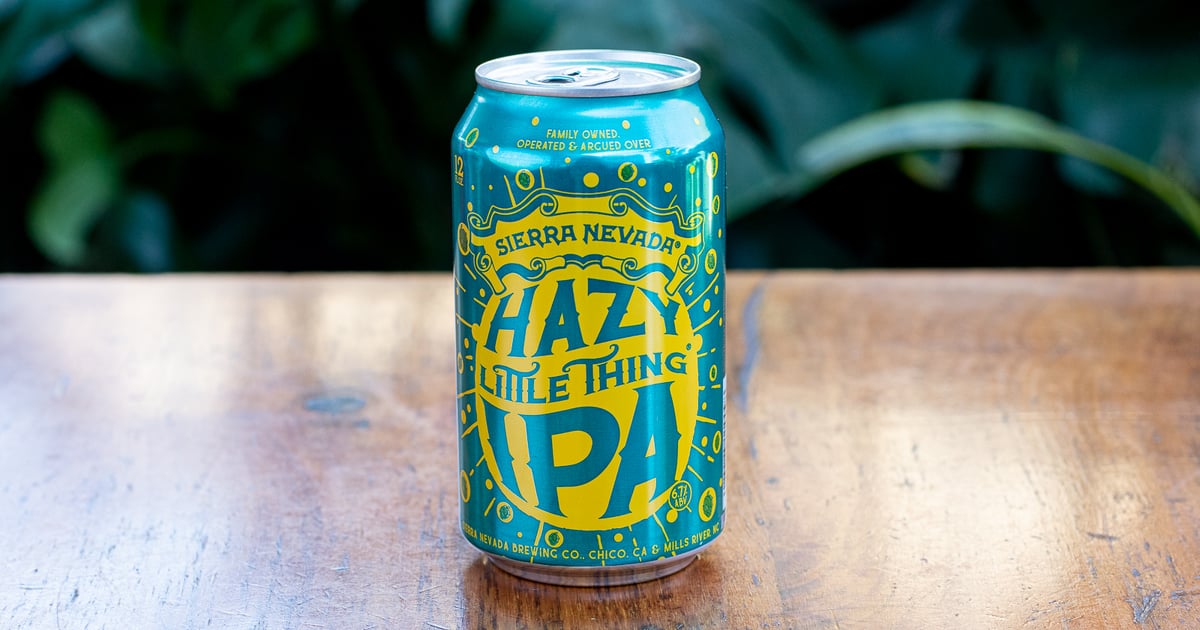
Have you ever had a tropical forest explode in your mouth? The Sierra Nevada Hazy Little Thing is a fruit-packed beer with bright flavors like grapefruit, orange, pineapple, tangerine, and hop bitterness to balance it all!
Conclusion
Can you believe hops were once tossed in salads back in those medieval taverns? Crazy, right? Fast forward to today, and they’re the rockstars of the beer world. Toss ’em in early during brewing, and they’ll serenade your beer with a touch of bitterness.
But, if they make a late entrance, it’s all about adding some aromatic vibes. Oh, and just a heads-up: “hoppy beer” isn’t some beer doing the bunny hop. It’s all about celebrating hops in the brew. So, the next time you’re sipping that hoppy goodness, tip your hat to those hops and enjoy a beverage bursting with tales and tastes!

I am a passionate beer connoisseur with a deep appreciation for the art and science of brewing. With years of experience tasting and evaluating various beers, I love to share my opinions and insights with others and I am always eager to engage in lively discussions about my favorite beverage.

